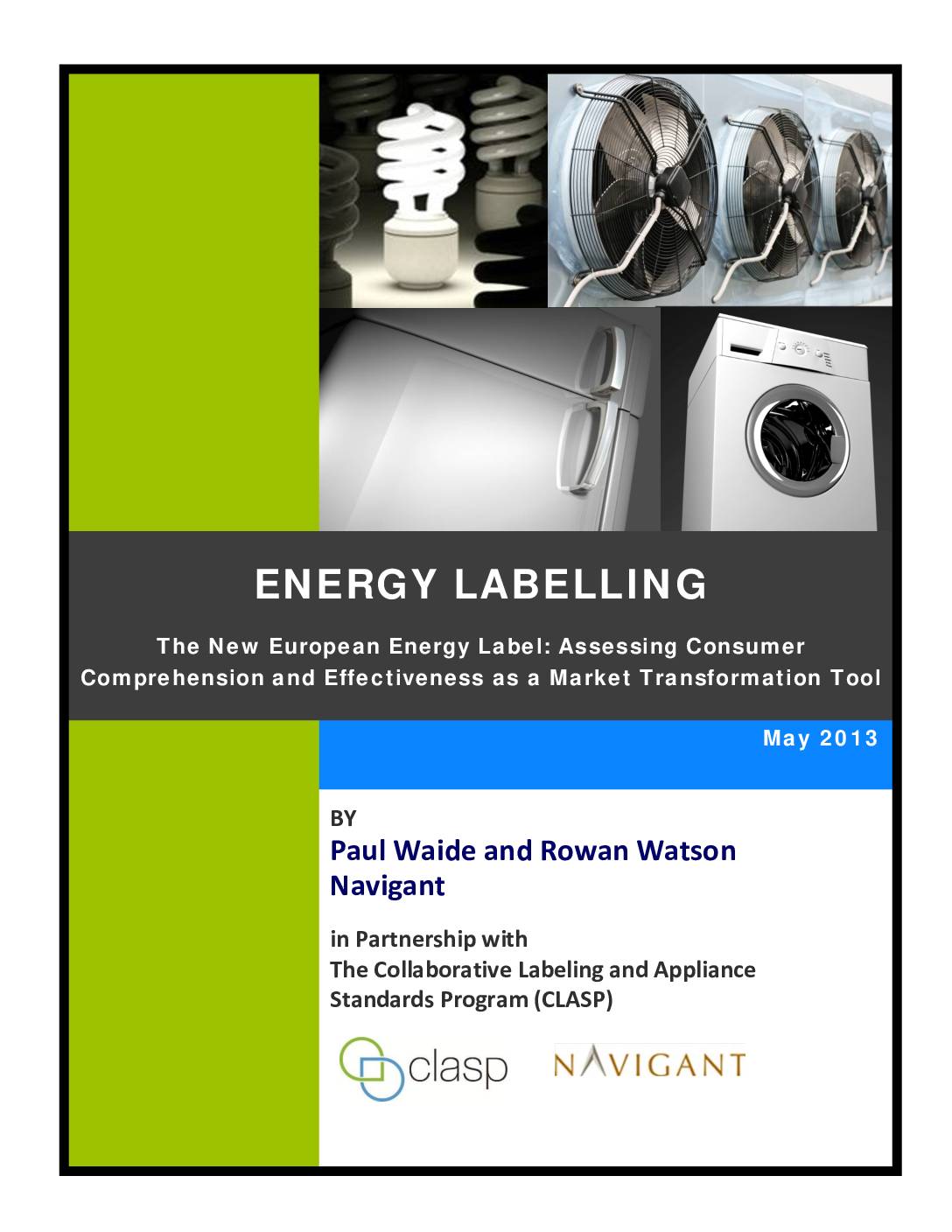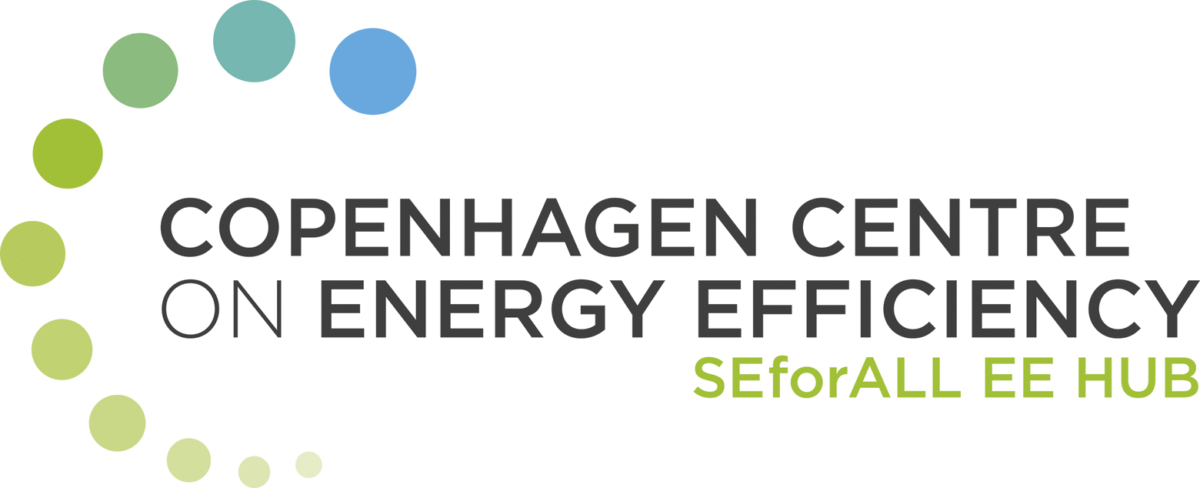Impact assessments of European equipment energy efficiency policy measures have historically found that the EU energy label has been the most influential instrument in driving forward the energy efficiency of European equipment markets. It is therefore crucial to assess the label’s continuing effectiveness whenever changes are made to its design and implementation.
In 2010, the original Energy Labelling Directive was recast. Its scope of applicability was broadened, and many existing labels – specifically those applying to refrigerators and freezers, washing machines, and dishwashers – were redesigned.
This discussion centred on whether it would be better to re-grade the old A-to-G energy efficiency scale, or to add new higher efficiency classes above class “A.” Ultimately, a decision was made to add higher efficiency classes (A+, A++, and A+++) and to adjust the label to be language-neutral across all Member States, among other changes.
This analysis, conducted by Navigant Consulting for CLASP, examines the effectiveness of the new label design in supporting consumers to make informed choices about the energy efficiency of appliances during purchase. To this end, Navigant conducted ten consumer focus groups and 30 in-depth interviews across ten cities in the EU to assess how consumers use, understand, and are motivated by the new and revised labels.
The survey evidence clearly demonstrates that the new labels are generally appreciated and have a reasonably high level of comprehension thanks to the overall effectiveness of the label efficiency scale, use of color, efficiency classification, and energy consumption information. Most consumers were able to use the labels to correctly rank the efficiency of products; however, a significant minority had difficulty in doing this. Additionally, the assessment shows that while consumers comprehend both the A-G and the A+++-D efficiency scales, there is a very marked difference in the motivational effect of A as the top efficiency class compared to the A+++.
Based on the survey findings, the authors recommend the following measures, among others for specific aspects of the design, for the European Commission’s upcoming review of the labeling scheme:
For future label revisions, consider re-grading the A-to-G efficiency scale in preference to adding more plus signs;
Raise awareness that labeling is an EU scheme operated by the European Commission with support from Member States;
Strengthen label comprehension through educational communication campaigns; and
Test icon and other label element comprehension to ensure optimal understanding before deployment.
The study was produced for CLASP by Paul Waide and Rowan Watson of Navigant Consulting, Inc, with additional support from Millward Brown and SEVEn, with the assistance of SoWatt (France and Italy), Escan (Spain), KAPE (Poland), Öko-Institut (Germany), and EnEffect (Bulgaria).
Share this

Sectors: Cross cutting, Equipment and appliances, Renewables
Country / Region: Europe, France, Germany, Italy, Poland, Spain
Tags: assessments, efficiency labelings, energy, energy efficiency, energy input labelings, impact assessments, impacts on systems and sectors, market transformationKnowledge Object: Publication / Report
Published by: CLASP, Navigant
Publishing year: 2013
Author: Paul Waide, Rowan Watson
